How to teach spatial awareness through play
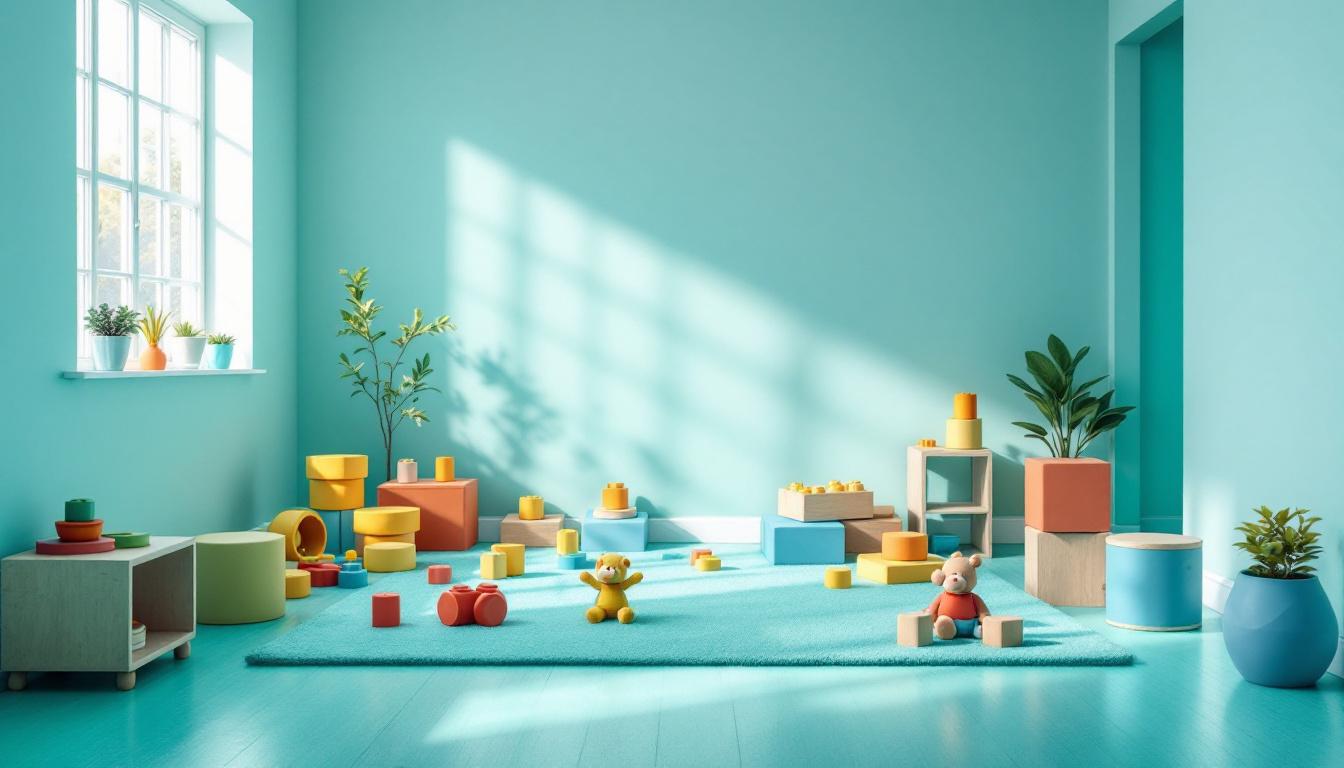
Understanding the importance of spatial awareness in early childhood
Spatial awareness — the ability to understand and interact with space around us — is fundamental for a child's overall development, impacting their motor skills, problem-solving, mathematics, and social interactions. Encouraging play that targets these skills can foster lifelong learning and adaptation. This article explores practical methods, engaging activities, and the role of educators and caregivers in teaching spatial awareness through play.
The Role of Play in Developing Spatial Skills
Why is play important for developing spatial skills in children?
Play is fundamental in helping preschoolers develop essential spatial skills. Through playful activities like building with blocks, solving puzzles, or creating drawings, children learn to recognize spatial relationships such as 'inside,' 'under,' or 'next to.' These activities allow kids to visualize and manipulate objects mentally, which are core aspects of spatial reasoning.
Engaging in hands-on play encourages children to experiment with how shapes fit together or how to construct structures, nurturing problem-solving, planning, and organizational skills. These cognitive processes are linked to better performance in math, science, and technology—areas crucial for future careers.
Moreover, play stimulates curiosity and cognitive flexibility. When children explore their environment through play, they build a strong foundation for understanding spatial concepts, which can translate into academic success and practical everyday skills. Overall, play provides a fun, engaging, and effective way to cultivate spatial awareness and reasoning.
Benefits of play-based learning for cognitive and motor skills
Play-based learning supports not only cognitive development but also enhances fine and gross motor skills. Activities like stacking cups, drawing, or navigating obstacle courses help refine hand-eye coordination and spatial perception.
Movement games such as 'Red Light, Green Light' or creating physical obstacle courses improve body awareness and spatial orientation. These activities help children understand body positioning and spatial boundaries.
Link between spatial skills and success in STEM
Strong spatial skills are connected to success in science, technology, engineering, and mathematics (STEM). Activities like constructing shapes from paper, visualizing 3D objects, or navigating maps develop the ability to mentally rotate objects, understand measurements, and solve complex problems.
Educators and researchers emphasize that early play experiences boost spatial thinking, which in turn predicts later achievement in STEM fields. This reinforces the importance of integrating spatial activities into early childhood education as a pathway to fostering future innovators and problem-solvers.
| Activity Type | Examples | Developmental Focus | Additional Notes |
|---|---|---|---|
| Construction Play | Building with blocks, LEGO, Jenga | Object positioning, spatial relationships | Enhances visualization and problem-solving |
| Puzzle Games | Shape puzzles, tangrams, jigsaws | Visual-spatial skills, pattern recognition | Supports cognitive flexibility |
| Movement Games | Obstacle courses, 'Red Light, Green Light' | Balance, body awareness, spatial movement | Improves coordination and spatial planning |
| Drawing and Arts | Sketching shapes, origami | Perspective taking, spatial transformation | Fosters creativity alongside spatial understanding |
| Mapping and Navigation | Map reading, treasure hunts | Spatial vocabulary, topographical awareness | Boosts spatial reasoning in real-world contexts |
Integrating these playful activities into daily routines lays a robust foundation for children’s cognitive and motor development, ultimately supporting their academic journey and everyday functioning.
Practical Play Activities to Foster Spatial Awareness
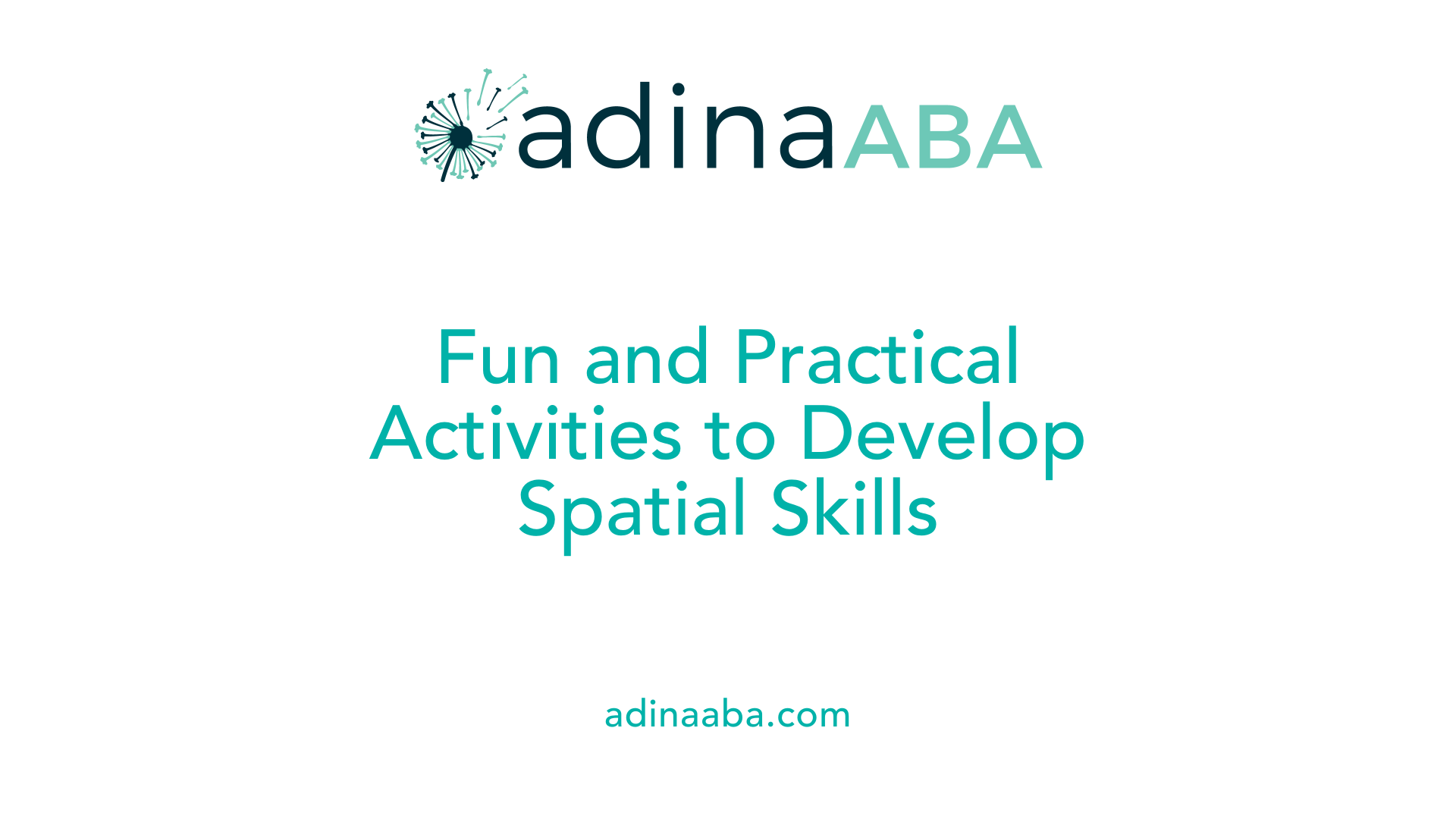
How can play activities develop children's spatial awareness?
Engaging children in specific play activities significantly enhances their understanding of space and object relationships. Puzzles and maze activities are particularly effective—they challenge children to think critically about how objects fit together and navigate through complex paths, improving problem-solving and spatial orientation.
Building blocks, construction toys like LEGO, and cause-and-effect toys serve as foundational tools. These allow children to experiment with creating structures, fitting pieces together from different angles, and understanding how shapes and sizes relate to each other in space.
Movement and body awareness games, such as obstacle courses, can improve spatial perception by requiring children to maneuver around, over, and through various obstacles. These activities help children develop body awareness, understand spatial boundaries, and coordinate their movements.
Outdoor exploration and real-world mapping sessions, such as neighborhood walks or scavenger hunts, engage children in applying their spatial skills in everyday contexts. Using maps and visual cues during outdoor activities can further expand their understanding of scale, landmarks, and spatial relationships.
Sensory integration and multisensory activities enhance spatial reasoning by involving touch, movement, and visual input. Sensory toys, like textured balls or weighted vests, along with activities like drawing and modeling, foster body awareness and spatial understanding.
Digital tools and apps offer innovative avenues for spatial learning. Interactive map games, virtual building platforms, and augmented reality (AR) experiences provide immersive environments where children can practice spatial reasoning, visualize transformations, and experiment with objects virtually.
Incorporating these play activities into daily routines not only makes learning fun but also strengthens vital spatial skills essential for academic success, safety, and daily tasks. Early and consistent engagement in such activities, combined with guidance from caregivers and educators, supports continuous growth in spatial awareness in preschoolers.
Signs of Spatial Development Difficulties and Support Strategies
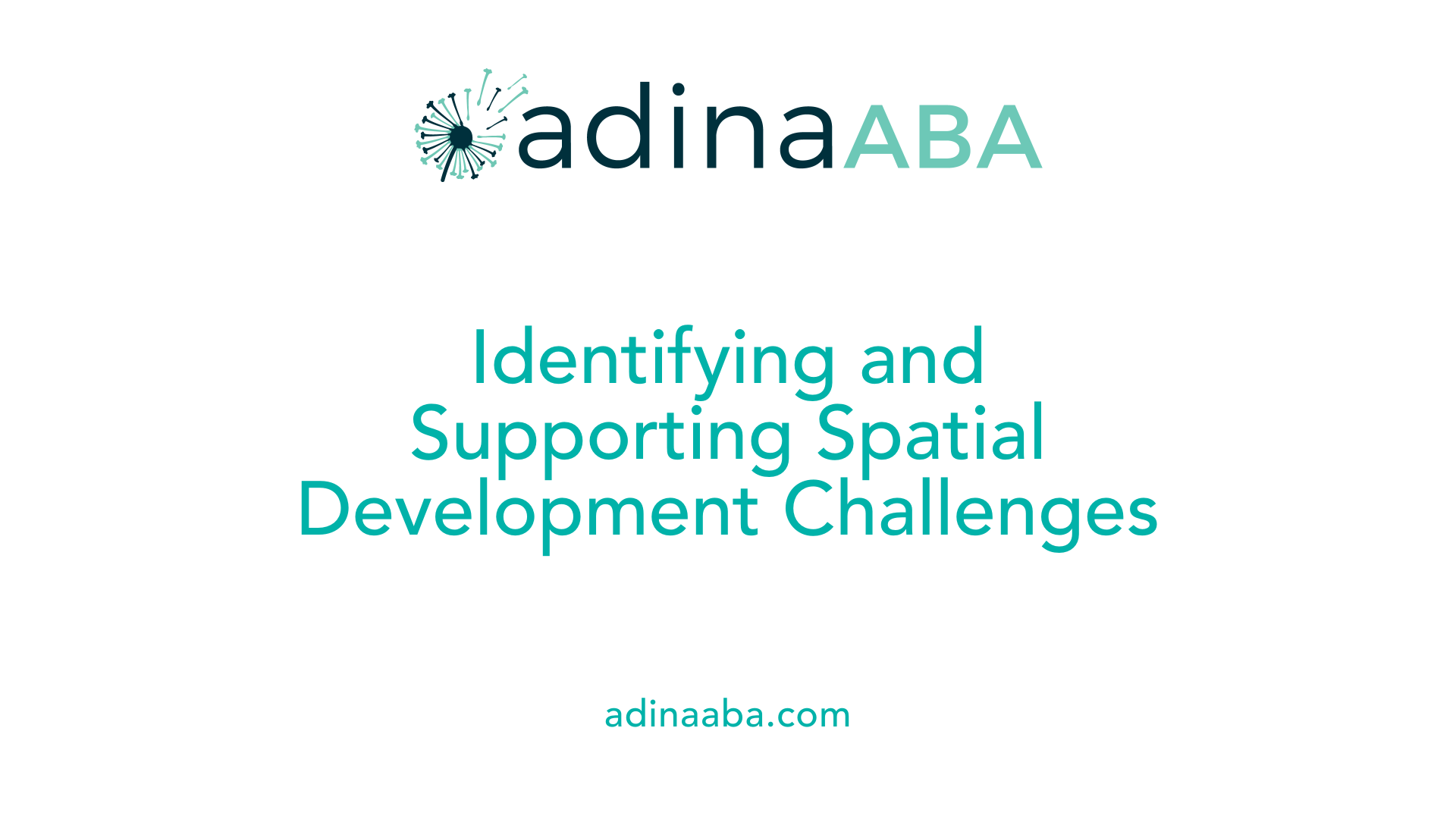
What are signs of spatial development difficulties and how can they be supported?
Children with spatial development challenges often show signs such as difficulty in understanding where objects are located, problems navigating through environments, or responding appropriately to spatial changes around them. These children might struggle with activities like catching or throwing balls accurately, following directions that involve positional words like 'under' or 'next to,' or creating mental maps of familiar places.
Certain conditions can affect spatial skills, including dyspraxia, dyslexia, autism spectrum disorder, and visual impairments. These conditions may result in difficulties with motor coordination, visual-spatial reasoning, and processing spatial language, impacting everyday tasks and learning.
Support strategies are crucial to help children develop stronger spatial awareness. Targeted activities such as obstacle courses, balance exercises, and games involving catching or throwing can boost motor coordination and spatial understanding. Incorporating sensory-based activities, like tactile play or visual aids such as diagrams and maps, helps reinforce spatial concepts.
Explicit teaching of spatial language—using words like 'on,' 'inside,' 'behind,' and 'near'—can improve children’s understanding of spatial relationships. Using visual cues, manipulatives like blocks or puzzles, and interactive digital tools can also enhance spatial reasoning skills. When combined with professional support from occupational therapists, these methods can significantly improve children’s ability to navigate and understand their environment confidently.
Early intervention and consistent practice in a playful, engaging manner can lead to meaningful improvements in spatial development, fostering better coordination, problem-solving, and academic success.
Educational Strategies for Incorporating Spatial Concepts
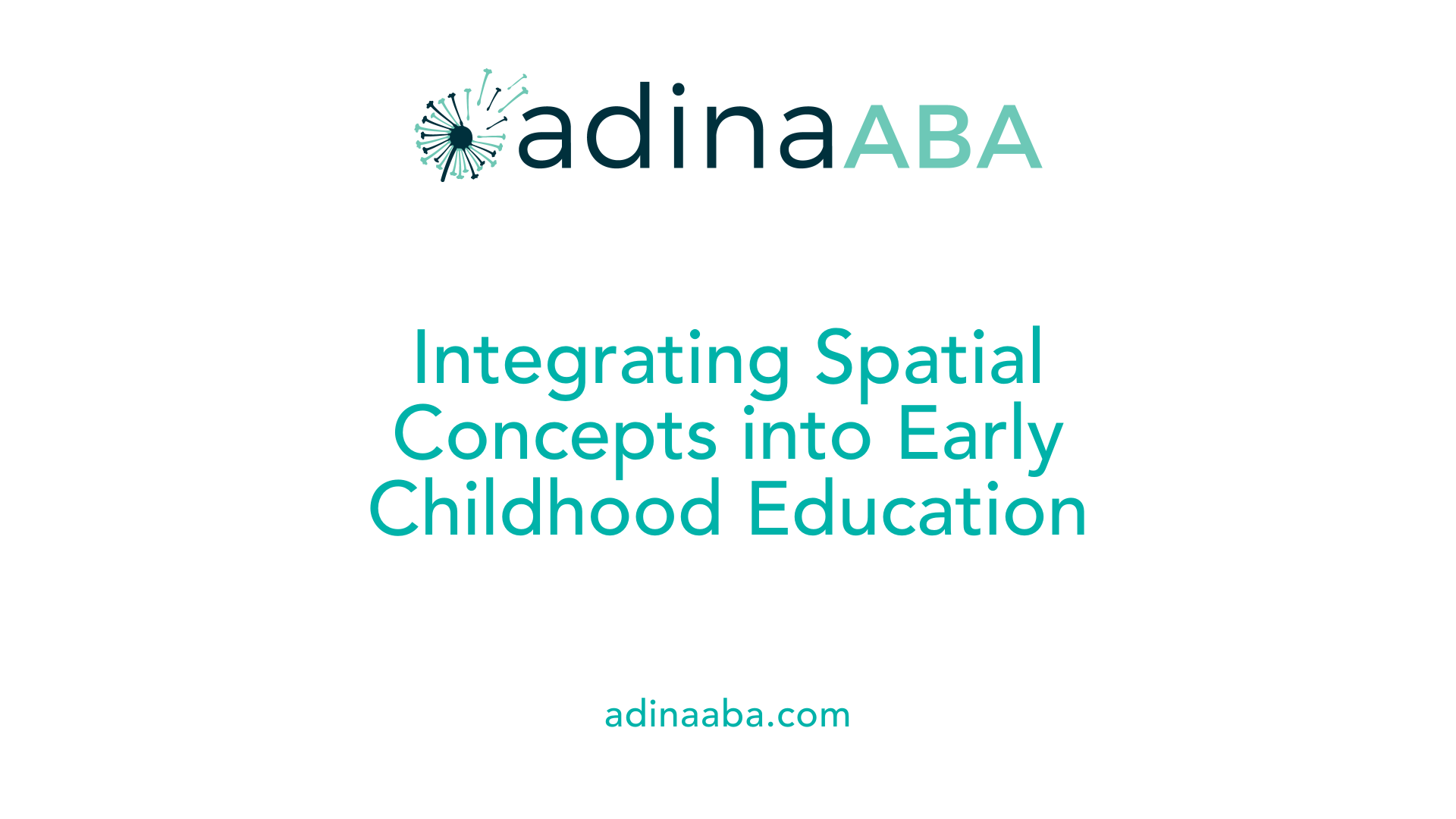
How can early childhood educators incorporate spatial concepts into activities and teaching?
Early childhood educators play a crucial role in developing children’s spatial skills through engaging and meaningful activities. A fundamental approach is using spatial language in everyday routines and interactions. Words like 'inside,' 'above,' 'below,' 'next to,' and 'farther' can be woven into conversations during play, stories, and classroom instructions. This consistent use helps children internalize these spatial terms.
Hands-on activities are highly effective. For example, construction with blocks, shape sorters, and puzzles promotes understanding of shapes, position, and movement in space. Building structures not only enhances spatial awareness but also fosters problem-solving and fine motor skills.
Physical and outdoor exploration further supports spatial learning. Climbing on playground equipment, crawling through obstacle courses, or navigating natural environments give children dynamic experiences with spatial relationships. These activities improve body awareness and perception of distances.
Visual aids and diagrams can reinforce spatial concepts. Using pattern materials, picture books with spatial themes, and creating visual representations of shapes and maps help children recognize spatial arrangements and relationships.
Incorporating stories and real-life scenarios creates relatable contexts for spatial reasoning. Activities like setting up a pretend shop, building dens, or mapping a classroom provide opportunities for children to think about space, positioning, and cause-effect relationships.
The role of adults is vital. Teachers and caregivers can model spatial language, ask guiding questions, and encourage children to describe their actions and surroundings. For instance, asking, 'Can you put the block inside the box?' or 'What shape is this?' promotes language development and spatial reasoning.
Overall, combining language, hands-on activities, physical movement, visual tools, and real-world play creates a rich environment that nurtures spatial awareness and supports children’s broader cognitive development in kindergarten readiness and beyond.
Engaging Children with Spatial Awareness Activities in Different Subjects
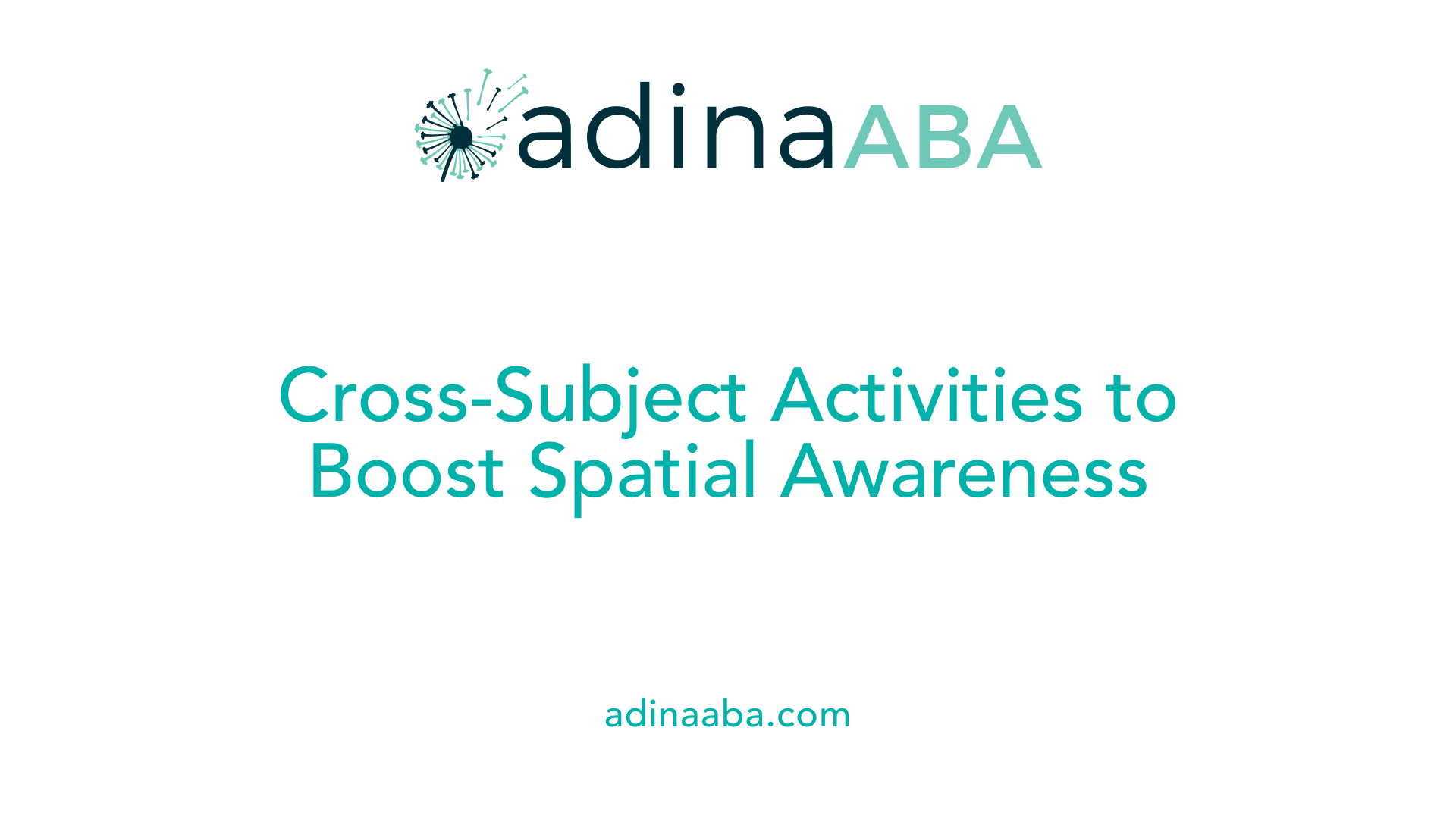
What are some examples of activities to enhance spatial awareness?
Developing spatial skills in preschoolers is fun and varied, encompassing activities across subjects that reinforce understanding of space, shapes, and relationships.
In math, children can explore 3D figures using multilink cubes or construct 3D shapes from paper, helping visualize how objects occupy space. Sketching cross-sections of objects and visualizing 2D-to-3D transformations strengthen their understanding of spatial relationships.
Science activities often involve using diagrams and models to represent natural phenomena. Creating water cycle diagrams or sketching cell structures helps children grasp complex concepts through visual spatial reasoning.
Art education encourages drawing objects from multiple perspectives or creating three-dimensional forms from sketches. Origami, for instance, transforms 2D paper into 3D objects, honing spatial visualization and fine motor skills.
In social studies, map reading and navigation exercises, such as treasure hunts with scaled maps, develop topographical understanding. These activities teach children to interpret large-scale data and spatial layouts.
Physical activities and sports like volleyball, soccer, and basketball are excellent for understanding object positioning, spacing, and movement within space. Movement games like obstacle courses, dance routines, and yoga enhance overall body awareness and spatial orientation.
By integrating these activities into daily learning, children build a comprehensive understanding of space that supports their development in multiple areas. These playful and engaging experiences serve as foundational steps toward future success in STEM, arts, and social understanding.
Integrating Spatial Language into Play and Learning
How can I teach preschoolers to understand and use spatial words during play?
Incorporating spatial language into everyday activities is an effective way to promote understanding of space among preschoolers. Use storytelling and play scenarios that highlight words like 'on,' 'under,' 'beside,' 'behind,' and 'inside.' For example, during a story, ask children to identify objects' locations, such as 'Where is the cat? Is it inside the box or behind the curtains?' This reinforces vocabulary through context.
Playing with toys and drawing activities also support this learning. Building blocks and shape-sorters provide tangible experiences where children learn to describe positions—fitting a piece 'on top,' placing a ball 'under' a table, or lining up toys 'next to' each other.
What activities help children develop spatial skills using maps and real-life scenarios?
Creating maps and charting routes during outdoor explorations or indoor activities can boost spatial reasoning. For instance, guiding children along a simple map of their classroom or neighborhood helps them understand spatial relationships in real-world contexts.
Using familiar routes, like the path from home to school, and discussing landmarks helps children visualize space. Playing treasure hunts with scaled maps or using GPS apps designed for kids also enhances their ability to interpret and navigate spatial information.
How can I encourage children to verbally describe spatial relationships?
Prompt children to describe their surroundings and actions using spatial words. During daily routines like setting the table, ask, 'Can you put the fork next to the plate?' or 'Place the cup under the napkin.'
During play, adults can model language by saying, 'The toy car is behind the block,' or 'The ball is inside the box.' When children verbalize their observations, it strengthens their understanding of spatial concepts.
Why is movement important in developing spatial understanding?
Physical movement activities, such as crawling through tunnels, jumping over lines, or following movement sequences in 'Simon Says,' help children experience space firsthand. These games develop spatial awareness by encouraging children to coordinate their bodies with spatial instructions.
Obstacle courses or dance routines that require children to change positions, dodge objects, or follow directional cues support spatial concept mastery while improving motor skills. Using gestures to mimic spatial words, like reaching 'up' or crouching 'down,' also deepens comprehension.
What visual prompts support spatial vocabulary learning?
Using visual cues like posters, picture cards, or marked spaces can reinforce spatial terms. For example, a chart displaying different positions—'above,' 'below,' 'between'—with corresponding images helps children connect words with visual understanding.
Creating activities that involve pointing, matching, and arranging objects based on spatial descriptions—such as placing animal figures 'beside' a house—further consolidates spatial language. These prompts serve as constant references that aid in the internalization of spatial concepts.
Combining Technology with Traditional Play for Spatial Learning
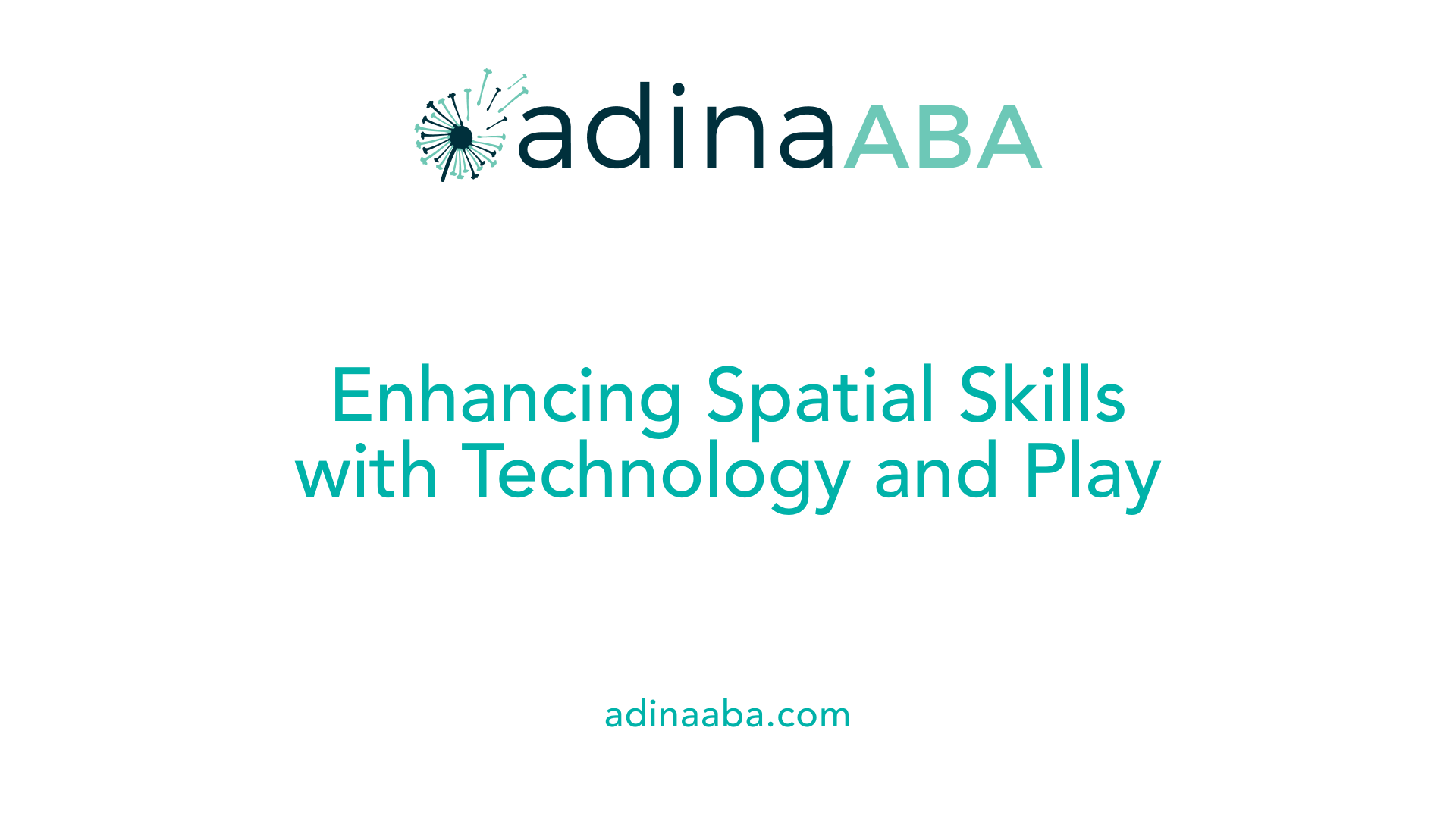
How can technology support teaching spatial awareness?
Technology offers numerous innovative avenues for enhancing spatial skills in preschoolers. When used thoughtfully, digital tools and platforms can create engaging, immersive, and interactive learning experiences that complement traditional hands-on activities.
Educational apps and games specifically designed for spatial reasoning are highly beneficial. These include map-based games, puzzles, and virtual building platforms that encourage children to visualize and manipulate objects within a digital space. For example, apps like digital modeling programs enable children to design 3D structures, fostering creativity while reinforcing their understanding of space.
Virtual Reality (VR) and Augmented Reality (AR) platforms take this further by immersing children in three-dimensional environments. With VR headsets or AR applications on tablets and smartphones, children can navigate virtual spaces, explore objects from different angles, and understand spatial relationships more concretely. Such experiences promote active learning and help translate abstract spatial concepts into actual mental models.
Digital mapping tools and map-making applications can also enhance spatial skills by encouraging children to create, interpret, and understand scaled representations of real-world environments. An activity like making personal maps of their rooms or neighborhood with digital tools enhances their grasp of scale and spatial relationships.
While technology is a powerful resource, it should be integrated thoughtfully. Combining screen-based activities with physical play—such as obstacle courses, building with blocks, or outdoor exploration—ensures a well-rounded development of spatial awareness. Limiting screen time and prioritizing active, multisensory experiences helps children develop spatial skills comprehensively.
In sum, technology supports spatial learning by providing engaging, diverse, and realistic environments for exploration, creation, and problem-solving. Proper balance and guided integration can significantly boost a child's ability to understand and navigate the world around them.
Supporting Lifelong Spatial Skills Development
Teaching spatial awareness through play is a dynamic process that combines hands-on activities, language development, physical movement, and modern technology. Early interventions, engaging games, and a stimulating environment can significantly enhance a child's ability to understand and navigate space, laying the foundation for success in STEM fields and everyday tasks. By integrating spatial concepts into daily routines and learning experiences, educators and parents can foster curiosity, problem-solving, and confidence in young learners. As spatial skills continue to develop, children gain not only academic advantages but also social and motor skills, fostering their independence and creativity for lifelong success.
References
- Message in a Backpack ™ Developing Your Preschooler's Spatial ...
- Top 10 Spatial Awareness Activities for Children - NAPA Center
- How to Foster Spatial Skills in Preschool and Elementary Students
- How to Target Spatial Concepts through Play
- The Best Spatial Awareness Toys and Activities - The OT Toolbox
- Spatial Awareness: Proven Tips For Child Development
- Spatial Awareness Activities Improve Processing and Concentration
More Resources
Expert Clinicians
Get started today ->


.jpg)
.jpg)
.jpg)

.jpg)